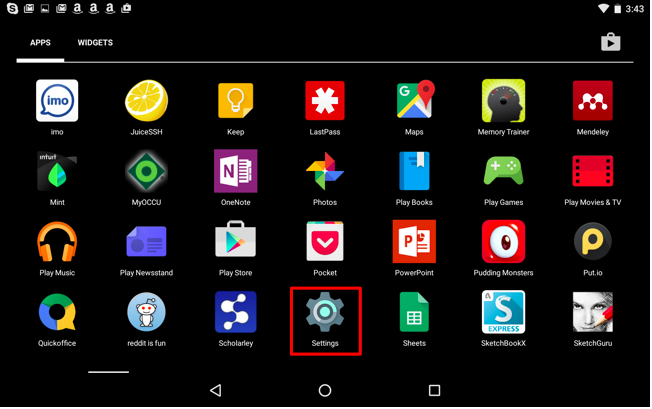However, updating the Android version is quite important as it not only brings new UI, and features to your phone, but also fixes a lot of bugs in the device. So, if you are curious to know how you can check what Android version you are currently using, and how you can update it to the latest version available for your device, stick to this article and read it thoroughly.
Check & Update Your Android version
You don’t have to look at anything on the web or elsewhere to know what Android version is installed on your mobile phone. All that information is just available on your smartphone. Although Android phones are set to update the system automatically. In some cases, if you do not give internet permissions or have no access to WiFi, the system sometimes fails to update on its own. In that case, you have to check and update your Android version manually.
See Which Android Version You Have:
Over the years, there are plenty of Android versions pushed by Google, such as Android 4.4 (KitKat), Android 5.0 (Lollipop), Android 6.0 (Marshmallow), Android 7 (Nougat), Android 8 (Oreo), Android 9 (Pie), Android 10, and the latest one Android 11. So, which one of these Android versions are you running at the moment? If you want to know that, follow these simple steps: Step:1 Open the Settings App on your Android smartphone.
Step:2 Scroll down to the bottom and tap on System.
Step:3 Here, go to Advanced. Step:4 Now, click on System Update. Step:5 In this section, you can see the Android version, which is currently installed on your smartphone, and other details like the Security patch and more.
Get the Latest Android Updates Available for you:
If you haven’t updated the Android system on your mobile phone for quite a long time, there are high chances that an update is currently available for your phone. Whenever a new update comes for an Android phone, it usually appears in the notification area from where you can directly access the setting and download the updates. However, if you want to check for it by yourself, you can simply follow these steps:
Step:1 Go to Settings. Step:2 Now, scroll down and tap on the System option. Step:3 Inside System settings, you will find the Advanced option, tap on it. Step:4 Afterward, go to the System Update section. Step:5 If there’s any Android update available for your phone, it will appear on your screen in this section.
Get Security Updates & Google Play System Updates:
Usually, the security patch updates are pushed to most Android devices like the normal OTA updates. So, whenever an update is available for your device, you will get a notification about it. In the case of Google Play System updates, it is generally auto-updated on every device. In case you want to check and confirm the updates, you can follow these steps:
Step:1 First of all, go to Settings on your Android Smartphone. Step:2 Now, go to the Security Section. Step:3 Tap on Check for an update. Step:4 Here, you can choose to check the Security Updates, and also the Google Play System Updates. Step:5 If an update is available, tap on it to install and follow the on-screen instructions. These settings might vary from device to device as some Android Smartphones come with custom UI, which can be a little different from the one that is offered by stock Android.
When you’ll get Android Updates:
There is not a fixed time or day to receive an Android update. Once Google pushes a new Android update, it basically airs the update in an entire region. So, depending on your mobile carrier, manufacturer, and the device itself, you will receive the update accordingly.
How To See WiFi Password On Android Instagram Notifications Not Working – How To Fix? How to Clear Cookies on Android? How to Unlock Android Phone Password Without Factory Reset Google Play Services Keeps Stopping-How To Fix?
For instance, you and your friend might be using the same smartphone, but that does not particularly mean that both of you will be receiving Android updates at the same time. Moreover, in case you are using a very old smartphone that is already discontinued by the manufacturer, you might not receive any future Android updates.
Conclusion:
We hope you have read this article thoroughly so far. Well, if you did, you now know how you can check the currently installed Android version on your smartphone. Moreover, if you want to update your Android smartphone to the latest Android version, we have mentioned steps to do that as well. Hence, with the help of this guide, you can easily update your smartphone to the latest Android version and enjoy all the latest features. In case of any further queries, you can comment down below and let us know about them. Comment * Name * Email * Website
Δ









![]()